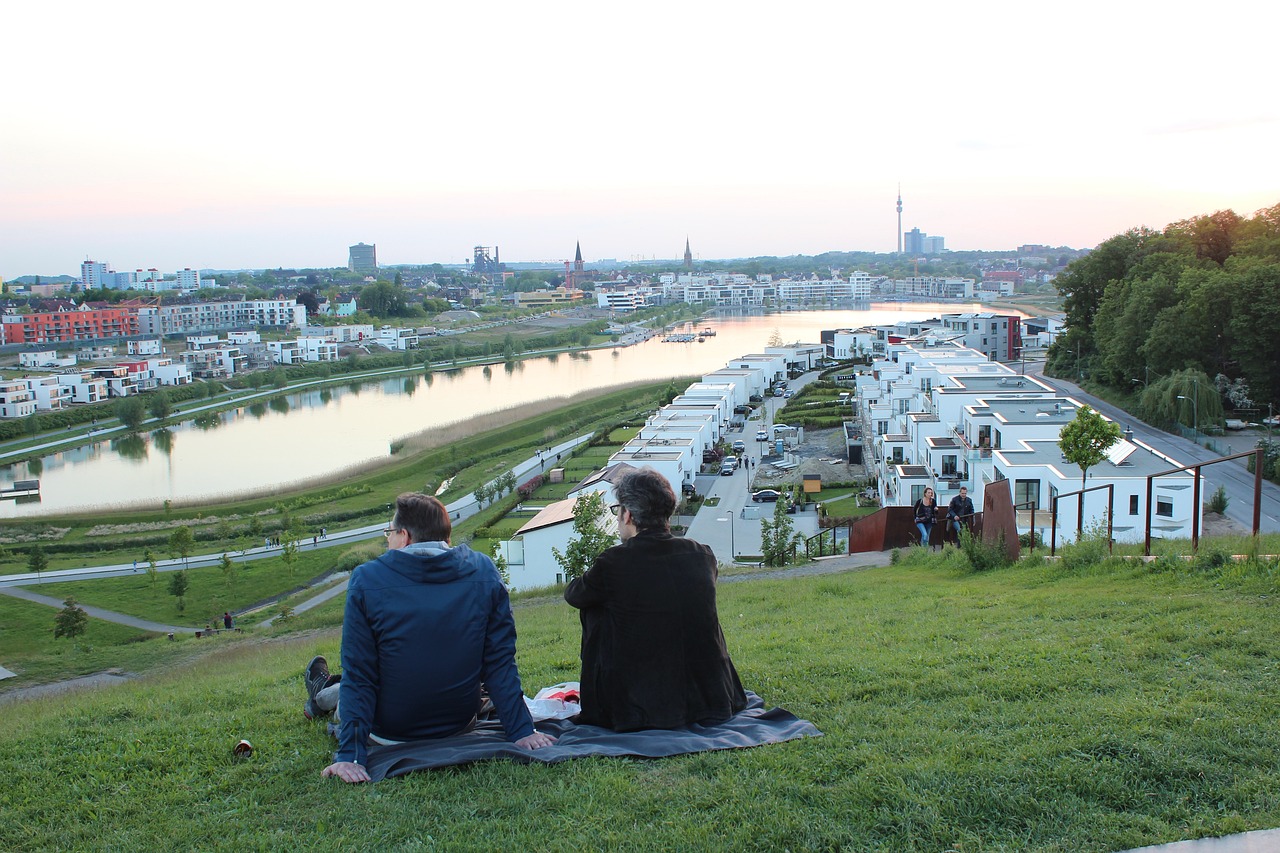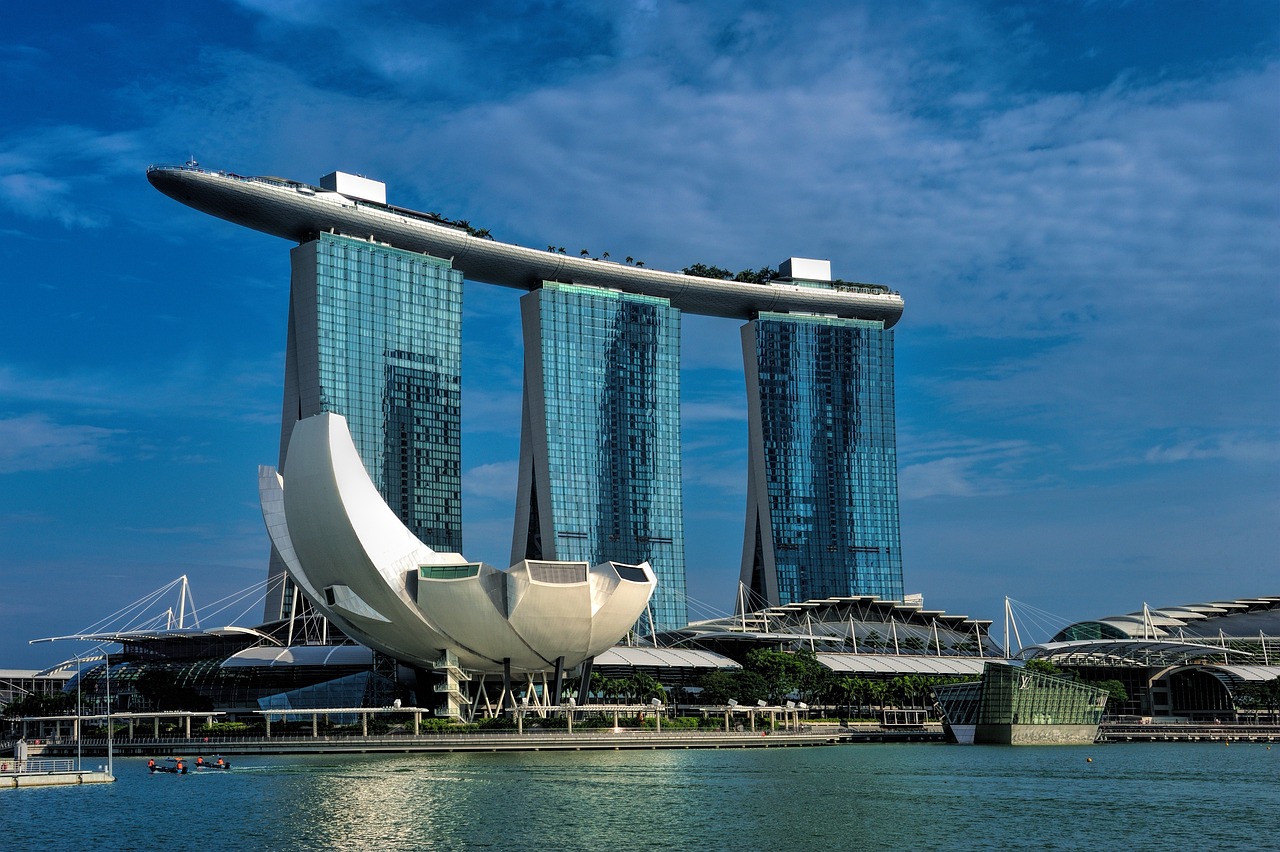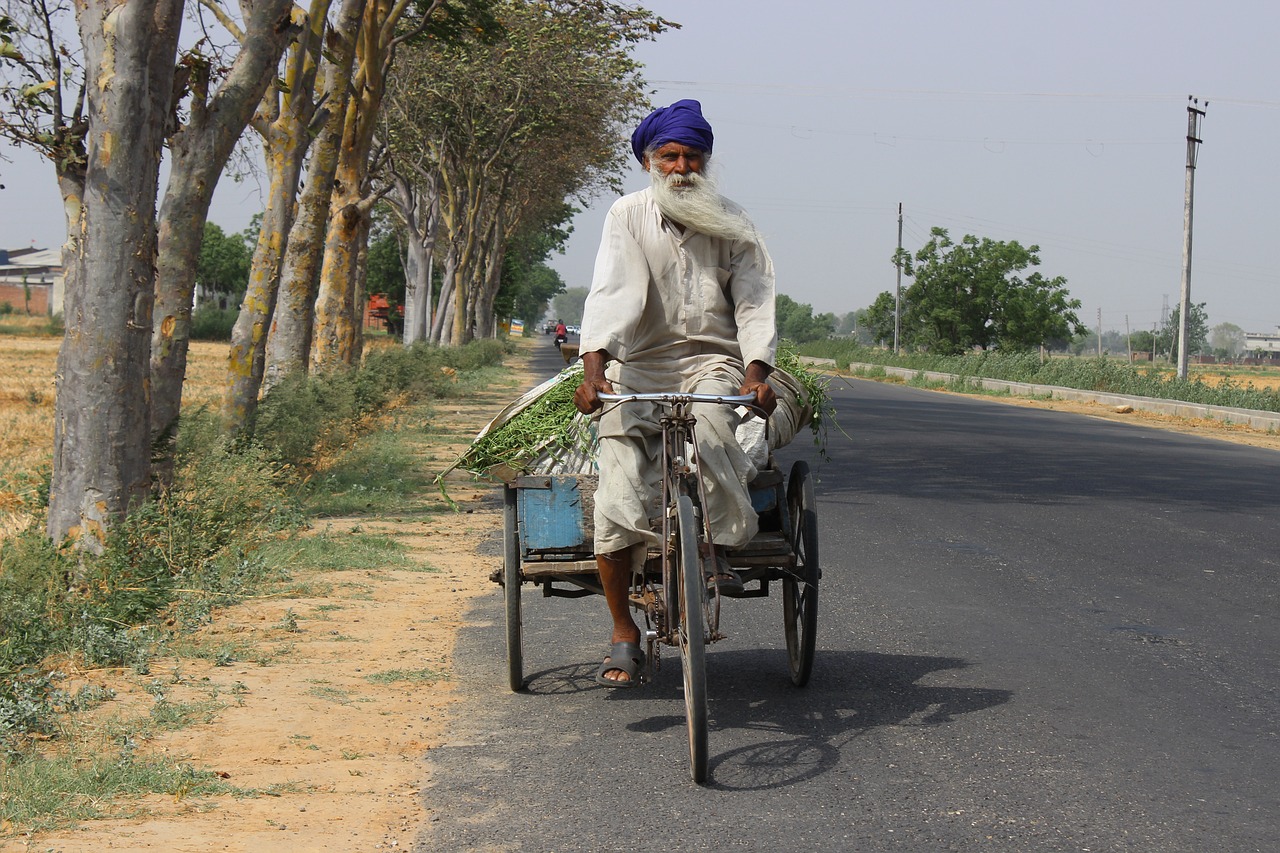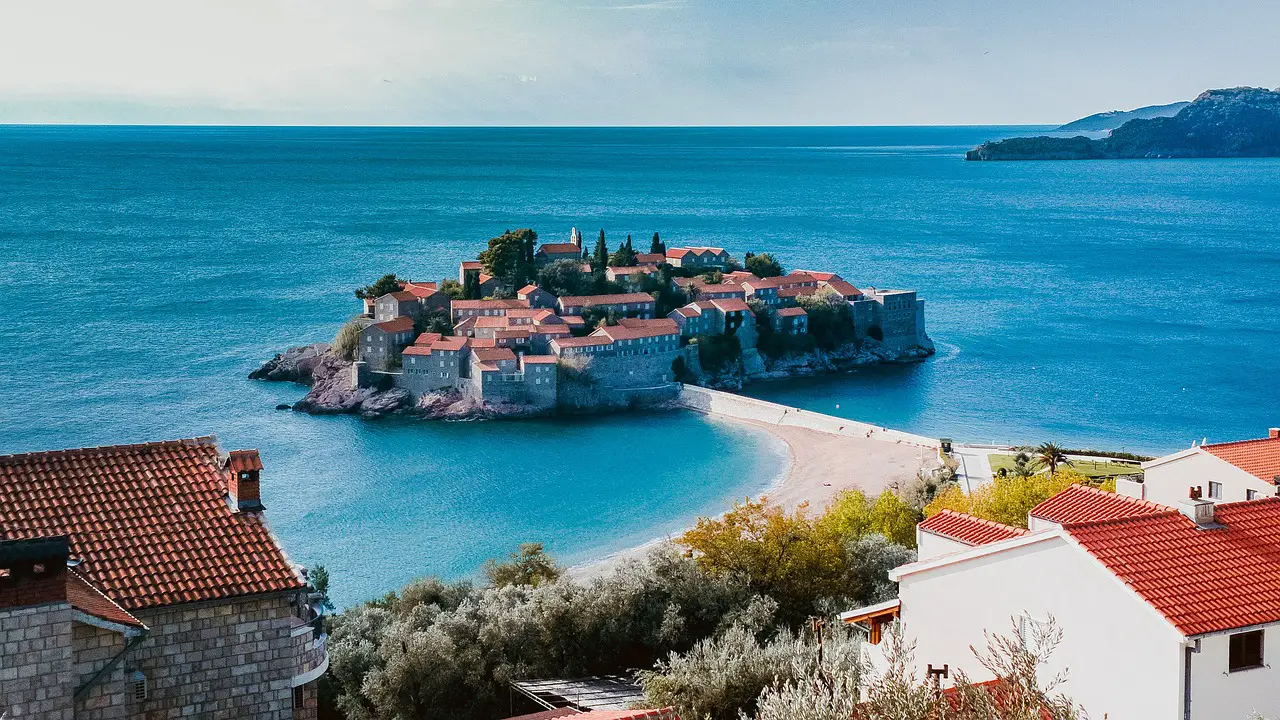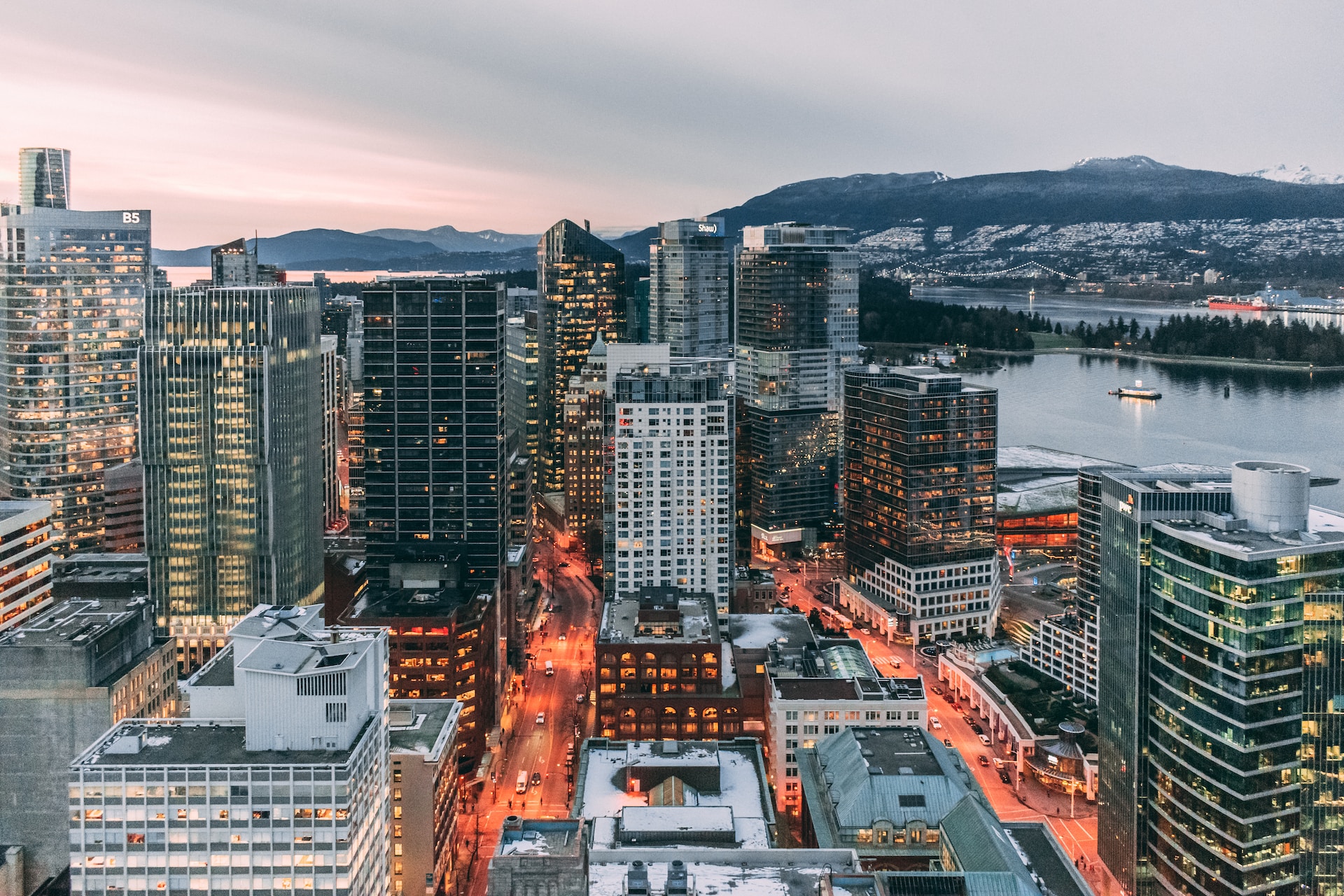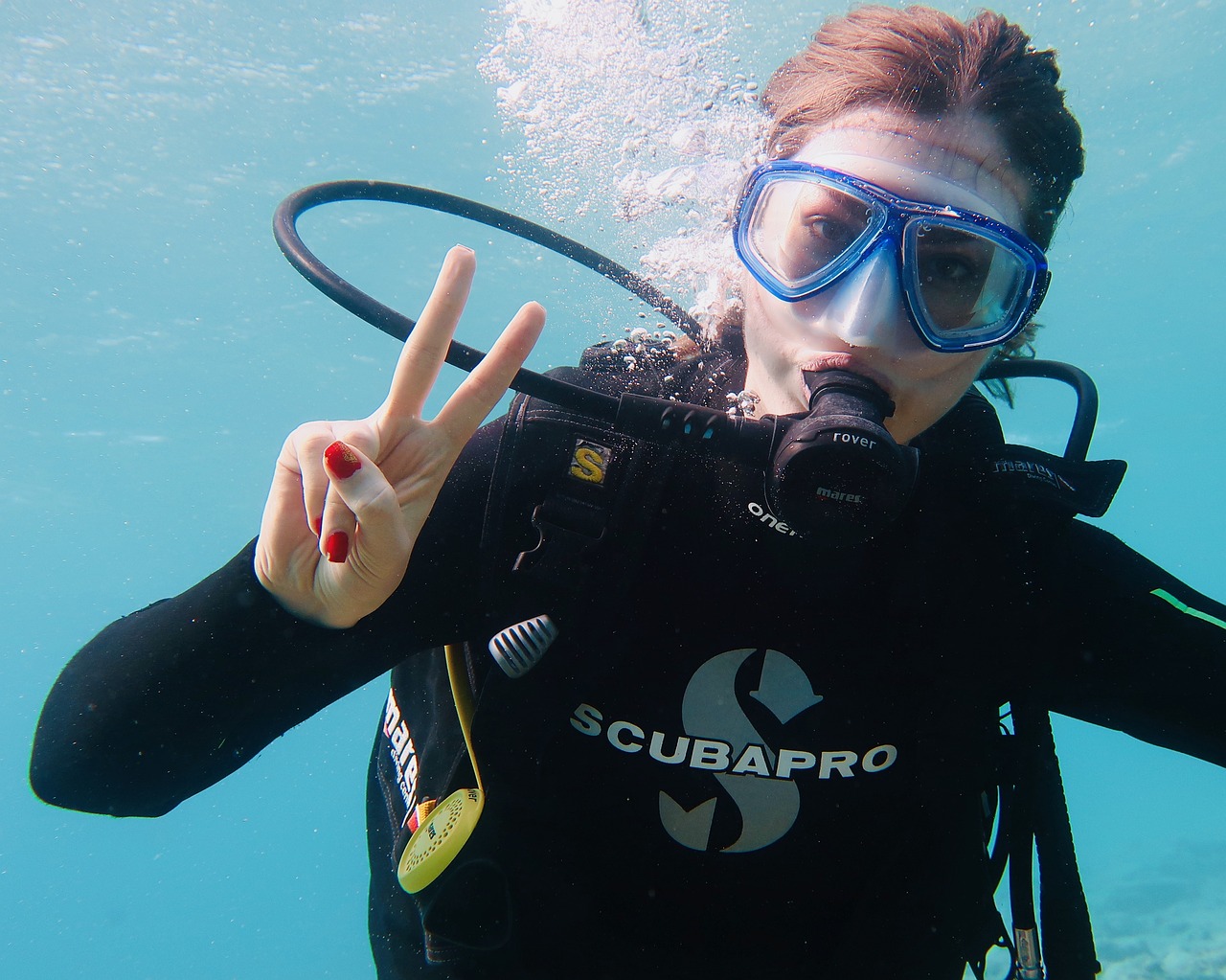Europe is a continent that offers a rich diversity of ski resorts, each with its unique charm and challenges. From the high peaks of the Alps to the scenic valleys of Scandinavia, every winter sports enthusiast can find their paradise here. In this article, we’ll explore the 20 best-rated ski resorts in Europe, offering everything from exhilarating slopes to luxury amenities and breathtaking scenery.
Chamonix, France: Nestled in the shadow of Mont Blanc, Chamonix is a legendary destination for serious skiers, with its challenging slopes and stunning alpine scenery.
Zermatt, Switzerland: Home to the iconic Matterhorn, Zermatt offers world-class skiing and snowboarding with a view. The resort is renowned for its long ski runs and vibrant après-ski scene.
St. Anton, Austria: Known for its challenging runs and lively après-ski, St. Anton is a favorite among experienced skiers and those who enjoy a good party after a day on the slopes.
Courchevel, France: Part of the largest ski area in the world, Les Trois Vallées, Courchevel is famous for its varied terrain, luxury accommodations, and high-end dining options.

Val d’Isère, France: With its combination of high-quality slopes and an energetic nightlife, Val d’Isère is a top choice for skiers who seek both sport and entertainment.
Verbier, Switzerland: This resort is popular for its challenging off-piste runs and vibrant nightlife, attracting a young and adventurous crowd.
Cortina d’Ampezzo, Italy: Located in the Dolomites, Cortina is known for its stunning scenery, world-class facilities, and hosting of various winter sports competitions.
Kitzbühel, Austria: Famous for hosting the annual Hahnenkamm, one of the most challenging downhill races, Kitzbühel offers a mix of exciting runs and historical charm.
Lech, Austria: A favorite among royalty and celebrities, Lech offers a more secluded and upscale skiing experience with excellent service and groomed slopes.
Lillehammer, Norway: This 1994 Winter Olympics host city is perfect for families and offers a variety of winter sports activities beyond skiing.
Garmisch-Partenkirchen, Germany: Located near Germany’s highest mountain, Zugspitze, this resort offers diverse ski runs and a picturesque Alpine setting.

Åre, Sweden: The largest ski resort in Northern Europe, Åre is known for its modern facilities, vibrant town, and family-friendly atmosphere.
La Plagne, France: Part of the Paradiski area, La Plagne caters to all levels with its variety of slopes and is ideal for family holidays.
Alagna Valsesia, Italy: For those seeking off-piste adventures in a quieter setting, this resort in the Monterosa Ski area is a hidden gem.
Davos, Switzerland: As one of the highest towns in Europe, Davos offers a unique combination of excellent ski facilities and urban amenities.
Saalbach-Hinterglemm, Austria: This resort is known for its extensive network of slopes, modern lift system, and lively après-ski options.
Les Arcs, France: Part of the same ski area as La Plagne, Les Arcs stands out with its modern architecture and wide range of slopes.
Val Thorens, France: The highest resort in Les Trois Vallées, Val Thorens is known for its excellent snow conditions and lively après-ski scene.
Engelberg, Switzerland: This resort is renowned for its off-piste opportunities and the breathtaking views from the Titlis mountain.

Sölden, Austria: Known for its large glacier, Sölden offers reliable skiing late into the season and has gained fame for hosting various ski events.
Each of these resorts offers a unique experience, from high-adrenaline runs to cozy village charms. Whether you’re an experienced skier looking for your next challenge or a family seeking a winter wonderland, Europe’s top ski resorts have something to offer for every taste and skill level.
Here are some essential tips to consider when planning your ski trip to one of Europe’s top resorts:
Choosing the Right Resort: Each resort has its own unique character and offerings. Families might prefer resorts with a range of beginner and intermediate slopes, such as La Plagne in France, while experienced skiers may seek the challenges of Chamonix or Zermatt. Consider the skill levels and interests of your group when selecting a destination.
Timing Your Visit: The ski season in Europe typically runs from December to April. However, some resorts with higher altitudes or glaciers, like Val Thorens or Sölden, offer good conditions even in late spring. Be aware that peak times like Christmas, New Year, and school holidays can be very crowded and expensive.
Accommodation Options: European ski resorts offer a variety of accommodations, from luxury hotels to cozy chalets and budget-friendly hostels. Book well in advance, especially if you’re planning to visit during peak season.
Ski Passes and Equipment Rental: Look into ski pass options ahead of time. Many resorts offer discounts for early bookings or multi-day passes. If you need to rent ski equipment, booking in advance can also save time and sometimes money.
Ski Lessons and Guides: If you’re a beginner or looking to improve your skills, consider booking lessons. For more experienced skiers interested in off-piste skiing, hiring a guide is crucial for safety and finding the best routes.
Prepare for the Altitude: Some of the European resorts are located at high altitudes. It’s important to acclimatize and stay hydrated to avoid altitude sickness.
Dress Appropriately: The weather can change rapidly in the mountains. Layering is key – have a good quality waterproof and windproof outer layer, and several inner layers that you can add or remove as needed.
Explore Beyond the Slopes: Many European ski resorts offer more than just skiing. Enjoy other activities like snowshoeing, sledging, ice skating, and spa visits. Also, explore the local culture and cuisine.
Travel Insurance: Make sure you have travel insurance that covers winter sports activities. Check that it includes coverage for things like mountain rescue and medical treatment.
Respect the Environment and Safety Rules: Follow the ski resort rules and be aware of your impact on the environment. Stay within marked runs, respect wildlife, and don’t litter.
Remember, a successful ski trip is as much about the experience off the slopes as it is on them. European ski resorts offer a blend of sporting adventure, cultural experiences, and breathtaking landscapes, making for an unforgettable holiday.
(FAQs) about skiing in Europe’s top resorts:
What is the best time to go skiing in Europe?
The best time is typically from December to April, with January and February being the peak months for snow quality. However, high-altitude and glacier resorts can offer good skiing conditions even into late spring.
Are European ski resorts suitable for beginners?
Yes, many resorts have dedicated areas for beginners with gentle slopes and ski schools offering lessons. Resorts like La Plagne in France and Saalbach-Hinterglemm in Austria are great for beginners.
Can I ski across borders in Europe?
Yes, in some areas. For example, the Zermatt resort in Switzerland and Cervinia in Italy are connected and allow skiers to cross between Switzerland and Italy on skis.
What should I do if I don’t ski or snowboard?
European ski resorts often offer other activities such as snowshoeing, sledging, ice skating, spa treatments, and scenic gondola rides. Many also have charming villages to explore with shops, cafes, and cultural sites.
How do I choose the right ski resort?
Consider factors such as the skill levels of your group, desired amenities, budget, and what you want from the experience (e.g., family-friendly, nightlife, luxury, off-piste adventure).
Is it necessary to book ski lessons in advance?
It’s highly recommended, especially during peak season, as ski schools can fill up quickly.
What kind of accommodation is available at ski resorts?
There’s a range of options including hotels, chalets, apartments, and hostels. Your choice will depend on your budget and preferences.
Do I need special insurance for skiing?
Yes, ensure your travel insurance covers winter sports. This is important for covering any potential injuries or emergencies on the slopes.
Are there ski passes for multiple resorts?
Yes, some regions offer passes that cover multiple resorts, like the Les Trois Vallées in France. These can offer good value if you plan to explore different areas.
How do I prepare for high-altitude skiing?
Acclimatize yourself to the altitude gradually, stay hydrated, and consider spending a day or two at the resort before beginning strenuous activity.
These FAQs cover the basics, but it’s always a good idea to do specific research on the resort you plan to visit, as each offers its unique experiences and may have specific advice or rules.

